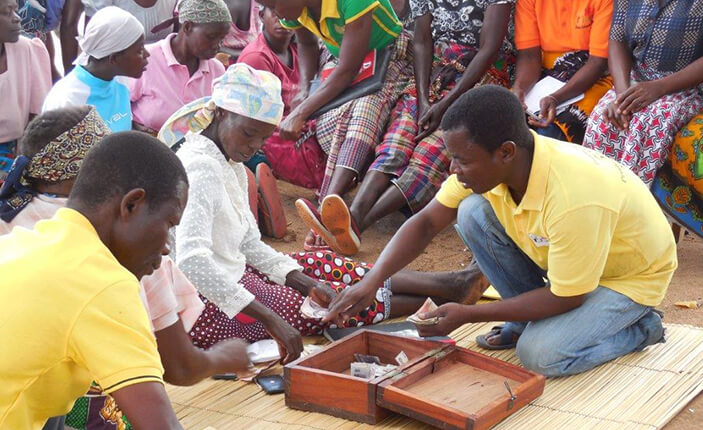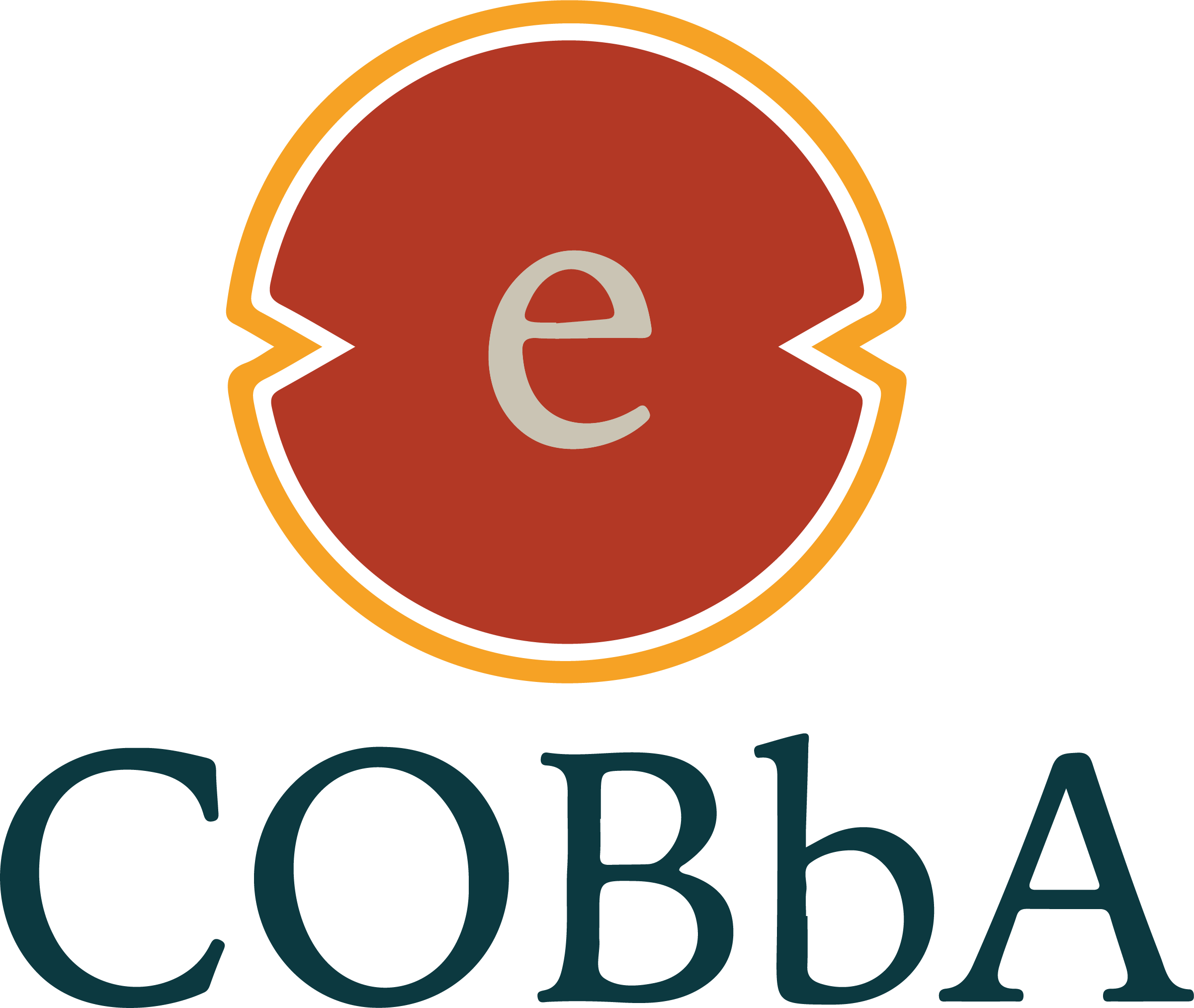
Savings Groups
More than 5 million poor people around the world are members of Savings Groups that provide essential services to help manage their daily lives. In Mali, one of the world’s poorest countries, there are 400,000 members in over half the villages in the country. Earlier this month more than 250 people from 46 countries met in Tanzania at the first global summit for practitioners promoting community-based, savings-led microfinance to begin the process of building a vision for the role Savings Groups play in financial inclusion, social protection, and empowerment. Savings Groups are basically an improved form of the traditional ASCA (Accumulating Savings and Credit Associations). They provide members a secure place to save, the opportunity to borrow in small amounts and on flexible terms, and affordable basic insurance services. Savings Groups are composed of 15 to 25 self-selected individuals who meet regularly and frequently to save; amounts are based on each member’s ability. Groups then pool the savings to make loans on which they charge a relatively high service fee or interest rate which in turn increases the loan fund. Member’s savings and loans are recorded in individual passbooks or one central ledger (some use memory-based systems that require no paper records at all). Groups generally operate in nine to 12 month cycles. At the end of every cycle, the accumulated savings and interest earnings are shared out amongst the membership thus providing useful lump sums to members. After each share-out, groups immediately begin another cycle of saving and borrowing. Members may decide to make an exceptional savings contribution right after share-out to re-capitalise the loan fund. This allows the loan fund to grow to fairly substantial amounts (in the thousands of dollars). Many groups also have an insurance fund (sometimes referred to as a social fund) that serves a variety of emergency and social purposes, according to rules set by the group. The insurance fund is kept as a separate fund and contributions are normally the same from each member. Any member may request a grant or no-cost loan from the insurance fund; approval rests with the group and funds may be disbursed immediately. Of the 5.5 million members the Savings Group movement counts in 200,000 groups worldwide, about 4 million of these members are in Africa where the movement is centered and has its greatest influence and momentum. Countries in Africa with the largest numbers are Tanzania, Kenya, Uganda, and Mali. Conservative estimates suggest there are at least another million members in Savings Groups promoted by local NGOs that have adopted the training materials either from the internet or other NGOs, and promoted Savings Groups without any technical or financial support from international agencies. The Financial Sector Deepening project in Kenya (FSDK), a strong supporter of Savings Groups, notes that in some countries in East Africa Savings Group membership has already reached a level where one must take notice. David Ferrand of FSDK suggests that if FinAccess/FinScope studies were done now they would likely show more than 5% of the population financially included through these groups. Savings Groups clearly reach many more people than MFIs in countries where the movement has focused, and by all accounts they are poorer people than MFIs reach. And while the Savings Group movement does not include India’s Self Help Groups and other kinds of savings clubs, if they were to be added the numbers would rise to close to 100 million members accessing much needed financial services in rural, remote areas as well as urban slums. The Savings Groups Information Exchange (SAVIX) provides transparent and standardised data on Savings Groups and is the most comprehensive database in the sector. SAVIX uses 23 standard performance indicators, (reminiscent of the MIX’s “sweet sixteen” from its early days). It reports on 129 partner organisations in 21 countries, with a cumulative outreach of 63,000 groups and over 1.4 million members—roughly 30 percent of the estimated total outreach of the sector. Some global highlights: as of the end of June 2011, the average savings per member was USD19, or 5.2% of GNI per capita (on average); 59% of members were active borrowers and the average outstanding loan size was just under USD22; savings were 154% of loans outstanding (indicating there is more than enough liquidity to meet small credit needs); and the average ROA for all the groups in the past year was 37.5% (most groups charge 5 to 10% interest per month for loans). Furthermore a five-year panel study funded by the Bill & Melinda Gates Foundation suggests that 98% of groups continue to operate independently after 18 months. Trend data also indicates increasing levels of operational and financial efficiency in the sector: more than 44% of groups are now formed by community-based trainers, the average Field Officer caseload is 434 members, and the cost per member to form and train groups in their first year has declined steadily over the last two years to just over USD23. And Savings Groups do more than just provide financial services—significant social capital is built among group members as well as their financial capabilities. As the number one financial inclusion opportunity and obstacle identified in the “Opportunities and Obstacles to Financial Inclusion” publication just released by the Centre for Financial Inclusion, financial literacy is becoming a key focus of all stakeholders. Savings Groups contribute to financial literacy of the members simply through participation—saving regularly and borrowing within ones means are reinforced on a weekly basis. As well, many facilitating agencies are beginning to combine financial education with SG training including topics such as budgeting and planning for the future, especially with youth groups. For example, in Burundi, CARE and MicroFinance Opportunities developed comics targeted at female youth including characters named after popular shoes. The comics follow the characters through mistakes and financial opportunities and economic growth. The training has seen a huge shift in attitudes among young women in particular. The Savings Group model is evolving quickly and new challenges arise all the time. For example, in some groups, the loan fund has grown so large after three or four cycles that the group is concerned about the safety of their funds in the box. While Savings Groups address some of the needs of an increasing number of poor people, we cannot pretend that they meet all financial services needs. Already some members want linkages to formal savings accounts in banks, mobile money accounts and other financial services. Further, we are still unclear on the best model to reach scale. Some argue donor funding is needed, while others are currently experimenting with private sector or volunteer-based models to ensure sustainable access to Savings Groups. The movement is nascent, and so there are many questions we are still trying to answer. Research on Savings Groups is relatively new and constantly shaping how we think. From AKF’s synthesis on SGs combined with other development activities to CRS’ research on the Private Sector Provider (PSP) model to data rich RCTs conducted by IPA of CARE and Oxfam programmes, we have a rich database from which to learn and to ensure we do what we can to improve the lives of the poor. As Sean Kline said recently on the Microfinance Practice listserve: “…savings-led, self-managed banking is not only a powerful phenomenon in the most remote rural areas where banks and MFIs fear to tread, but this is a good enough solution to many, though not all, financing needs among millions of poor people.” The Technology Program at CGAP works to expand financial services for the poor using mobile phones and other technologies and is co-funded by the Bill & Melinda Gates Foundation, CGAP, and the UK Department for International Development (DFID). To celebrate World Savings Day, we invited Joanna Ledgerwood and Stephen Rasmussen to tell us more about Savings Groups. Fresh from the first global summit for community-based, savings-led microfinance, they outline the potential (and challenges), of this growing movement.

